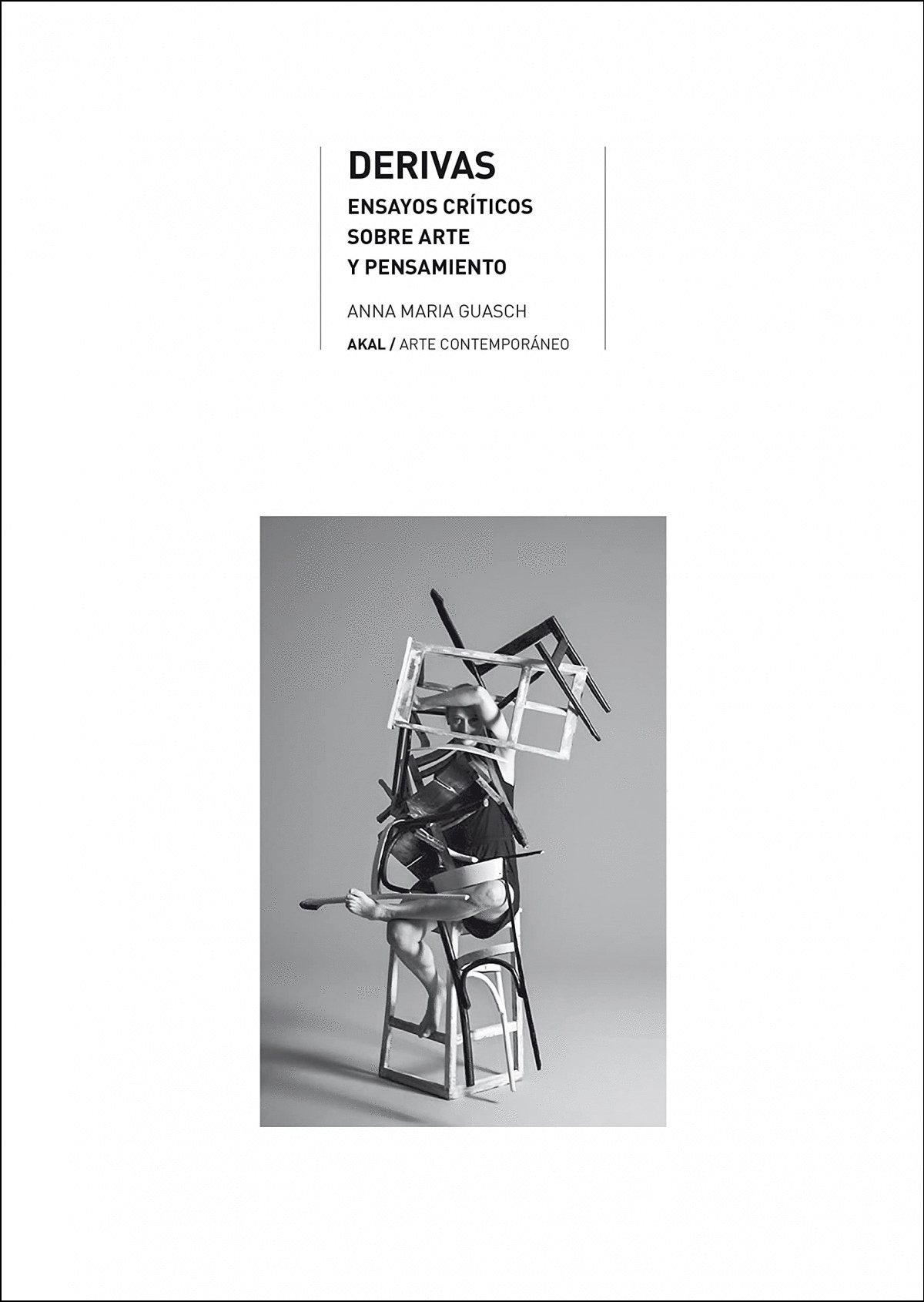Anna Maria Guasch: mapas y derivas en el estudio del arte contemporáneo
DOI:
https://doi.org/10.54104/nodo.v19n37.2052Palavras-chave:
Anna Maria Guasch, Arte contemporáneo, Estudios visuales, Giro archivístico, MemoriaResumo
Este artículo examina el impacto y la contribución de Anna Maria Guasch en el desarrollo de la historiografía del arte contemporáneo en el mundo hispanohablante. Se centra en su enfoque cartográfico y su capacidad para construir mapas intelectuales que articulan diversas tradiciones y problemáticas. En primer lugar, se analizará su obra seminal El arte último del siglo XX: del posminimalismo a lo multicultural (2000), que representa un punto de inflexión en la sistematización de los estudios sobre arte contemporáneo al ofrecer una cartografía precisa del periodo internacional comprendido entre 1968 y 1989. Asimismo, el artículo explorará su papel como editora de la colección Akal/Arte Contemporáneo, que ha facilitado la traducción y difusión de textos fundamentales de autores como Rosalind Krauss, Hal Foster y Benjamin Buchloh, contribuyendo a la sincronización de los debates locales con los desarrollos internacionales. Finalmente, se estudiarán sus aportaciones al análisis de conceptos como la memoria y el archivo en el arte contemporáneo, destacando cómo su trabajo en Derivas (2021) y otros textos propone una comprensión del arte como herramienta de resistencia y transformación cultural.
Downloads
Referências
Brea, J. L. (ed.) (2005). Estudios visuales. La epistemología de la visualidad en la era de los estudios culturales. Madrid: Akal.
Buchloh, B. H. D. (2004). Formalismo e historicidad: modelos y métodos en el arte del siglo XX. Madrid: Akal.
Elkins, J., Manghani, S. y Franck, G. (2015). Farewell to Visual Studies. Pennsylvania: Penn State University Press.
Foster, H. (2001). El retorno de lo real: la vanguardia a finales de siglo. Madrid: Akal.
Guasch, A. M. (2000). El arte último del siglo XX. Del posminimalismo a lo multicultural. Madrid: Alianza.
Guasch, A. M. (ed.) (2000b). Los manifiestos del arte posmoderno. Textos de exposiciones, 1980-1995. Madrid: Akal.
Guasch, A. M. (2003). Los estudios visuales. Un estado de la cuestión. Estudios Visuales, 1, 8-16.
Guasch, A. M. (2005). Doce reglas para la una nueva academia. En J. L. Brea (ed.), Estudios visuales. La epistemología de la visualidad en la era de los estudios culturales. Madrid: Akal, pp. 59-95.
Guasch, A. M. (2009). La memoria del otro: Ursula Biemann, Hannah Collins, Francesco Jodice, Rogelio López Cuenca, Antoni Muntadas, Krzysztof Wodiczko. Universidad Nacional de Colombia, Dirección Nacional de Divulgación Cultural, Museo de Arte.
Guasch, A. M. (2011). Arte y archivo, 1920-2010. Genealogías, tipologías y discontinuidades. Madrid: Akal.
Guasch, A. M. (2012). La crítica discrepante. Entrevistas sobre arte y pensamiento actual (2000-2011). Madrid: Cátedra.
Guasch, A. M. (2015). Derivas. Ensayos críticos sobre arte contemporáneo. Madrid: Akal.
Guasch, A. M. (2016). El arte en la era de lo global, 1989-2015. Madrid: Alianza.
Krauss, R. E. (2002). Pasajes de la escultura moderna. Madrid: Akal.
Marchán Fiz, S. (1986). Del arte objetual al arte de concepto. Epílogo sobre la sensibilidad posmoderna. Madrid: Akal.
Molina, Á. (ed.) (2016). La Historia del Arte en España. Devenir, discursos y propuestas. Madrid: Polifemo.
Smith, T. (2012). ¿Qué es el arte contemporáneo? México: Siglo XXI Editores.
Wallis, B. (ed.) (2001). Arte después de la modernidad. Nuevos planteamientos en torno a la representación. Madrid: Akal.

Downloads
Publicado
-
Resumo315
-
PDF (Español)104
Como Citar
Edição
Seção
Licença
Copyright (c) 2024 Miguel Ángel Hernández

Este trabalho está licenciado sob uma licença Creative Commons Attribution-NonCommercial-ShareAlike 4.0 International License.



 Portal de Ciencia Abierta
Portal de Ciencia Abierta